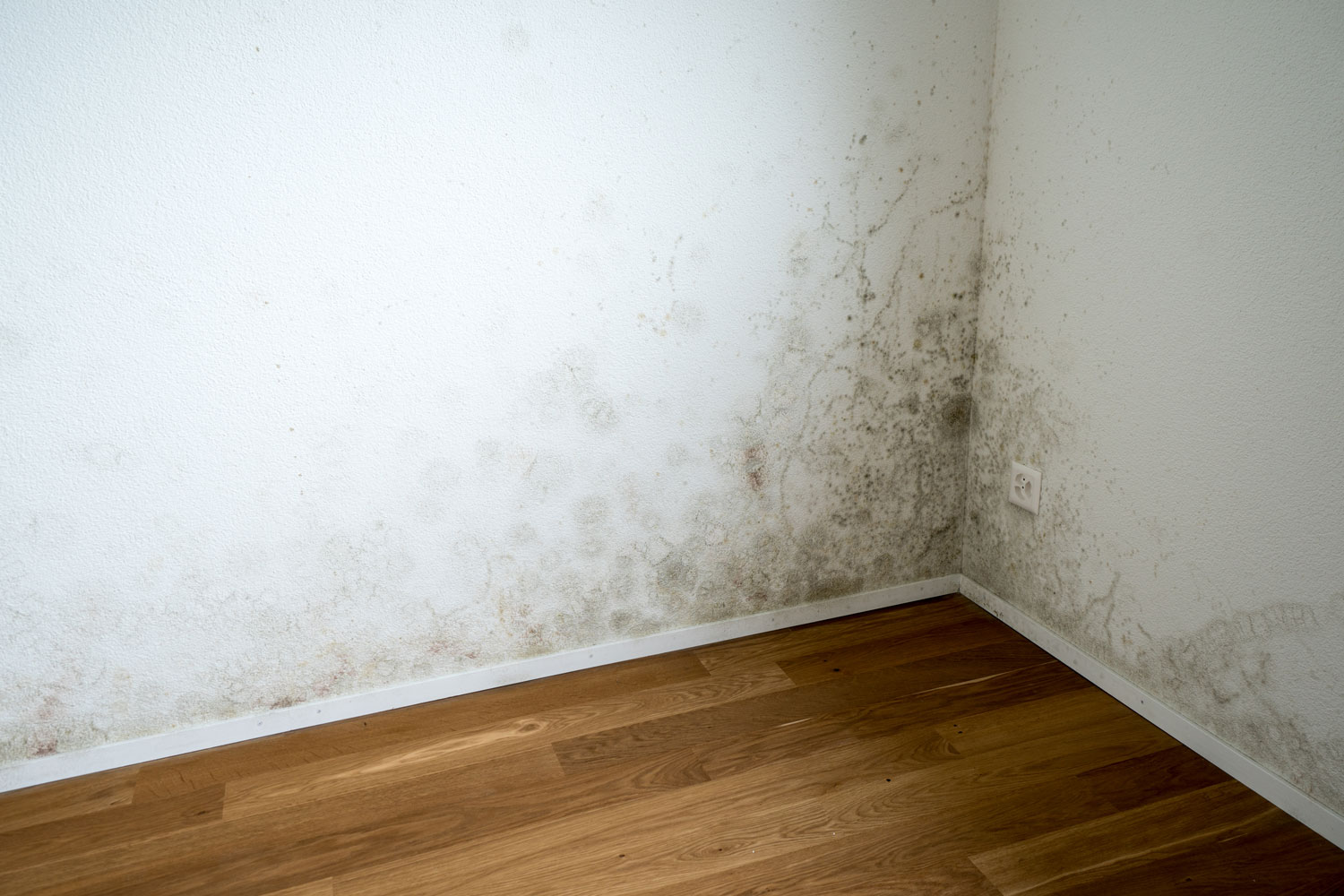
What Is Black Mold?
Black mold is a type of fungus that thrives in moist, humid environments. It typically grows in places where water damage or high humidity provides a steady source of moisture. Black mold is particularly dangerous because it can produce mycotoxins—harmful substances that can affect your health, particularly your respiratory system. Long-term exposure to black mold can cause a range of symptoms, including coughing, sneezing, and even more serious health problems in those with weakened immune systems.
For more details on the health risks associated with black mold, check out this CDC guide on black mold.
Where Does Black Mold Come From?
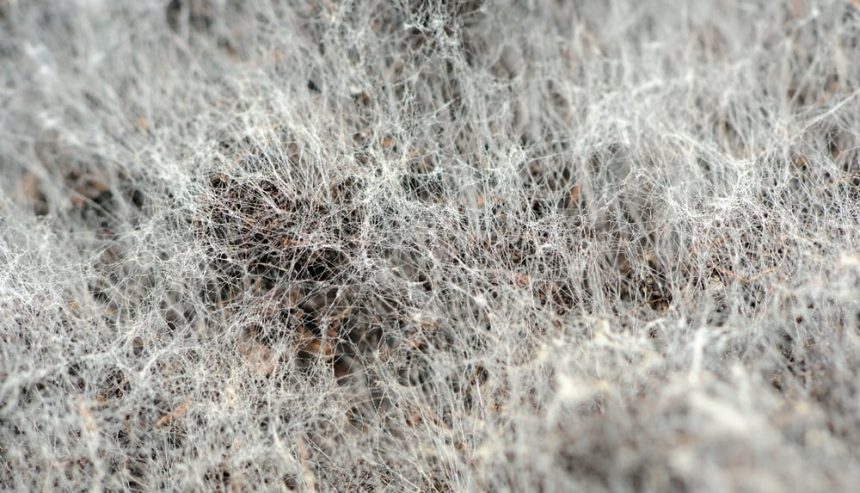
So, where does black mold come from? Black mold spores are naturally found in the environment, including indoors and outdoors. However, mold only becomes a problem when it finds the right conditions to grow and reproduce. Here are the most common causes and sources of black mold in your home:
1. Water Damage
One of the primary causes of black mold is water damage. Whether from a burst pipe, a leaking roof, or flooding, water damage provides the moisture that mold needs to grow. Black mold tends to thrive in areas where water has been left untreated for an extended period. If your home has recently experienced water damage, it’s important to dry the area immediately and monitor for signs of mold growth.
2. High Humidity Levels
Black mold thrives in areas with high humidity (greater than 60%). This is why mold is commonly found in bathrooms, kitchens, basements, and laundry rooms—areas where moisture and steam are frequently present. Poor ventilation can trap humidity in these spaces, creating the perfect environment for black mold to grow. If your home has humidity issues, consider using a dehumidifier to lower moisture levels.
3. Condensation
Condensation occurs when warm, moist air comes into contact with a cold surface, like windows, pipes, or walls. The moisture that forms can quickly lead to mold growth, especially in areas with poor insulation or inadequate ventilation. Black mold may appear around windowsills, on ceilings, or near water pipes, especially if condensation isn’t regularly wiped away.
4. Leaking Pipes and Plumbing Issues
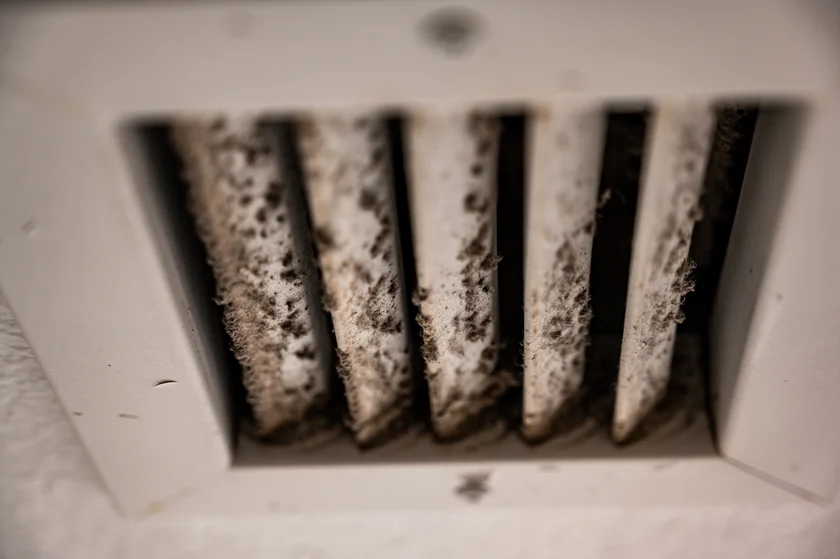
Leaking pipes, faucets, or plumbing fixtures can introduce a steady source of moisture into your home, creating an ideal breeding ground for black mold. Leaks often go unnoticed in hidden areas, such as behind walls, under sinks, or in crawl spaces. These areas are particularly vulnerable to black mold growth because they are difficult to access and often remain damp for long periods.
5. Poor Ventilation
Good airflow is essential for keeping your home dry and preventing mold growth. Areas like bathrooms, kitchens, and basements should be well-ventilated to reduce humidity and moisture buildup. Without proper ventilation, steam from showers, cooking, or even washing machines can increase the risk of mold growth. Ensure that exhaust fans are working properly, and open windows when possible to let fresh air in.
For additional tips on preventing mold from condensation and poor ventilation, check out this guide from This Old House.
Common Areas Where Black Mold Grows
Now that we’ve discussed where black mold comes from, it’s important to know the most common areas in your home where black mold is likely to grow. Here’s where you should regularly check for signs of mold:
1. Bathrooms

Bathrooms are one of the most common places for black mold to grow due to the high humidity from showers and baths. Black mold may appear around the shower, in tile grout, on the ceiling, or behind the toilet. Be sure to use your bathroom’s exhaust fan and clean regularly to reduce mold growth.
2. Basements and Crawl Spaces
Basements and crawl spaces are prone to moisture problems due to their location below ground level. Leaks, high humidity, and poor ventilation can all contribute to mold growth in these areas. If your basement feels damp, consider using a dehumidifier to keep moisture levels low.
3. Around Windows and Doors
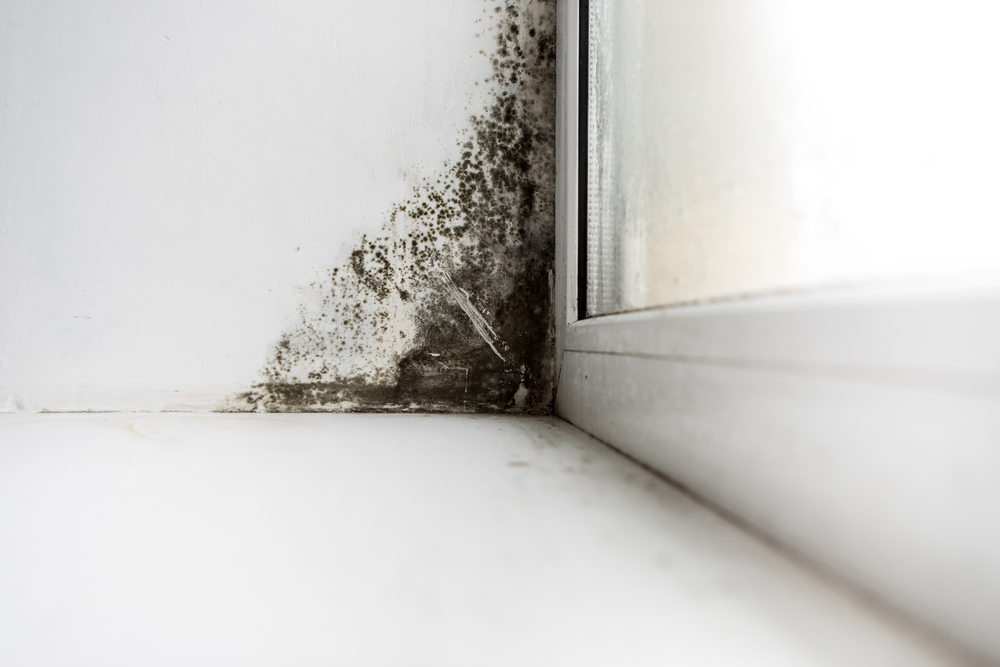
Condensation around windows and doors can lead to black mold growth, particularly during colder months when temperature differences are more pronounced. Be sure to wipe away condensation regularly and check for mold growth in window sills and door frames.
4. Attics
Attics can be a hidden source of black mold, especially if there’s poor ventilation or a roof leak. Moisture from the roof can seep into the attic, leading to mold growth on the insulation, beams, or even the ceiling below. Regular inspections and proper ventilation can help prevent mold growth in your attic.
5. Behind Walls and Wallpaper
Leaks behind walls or moisture trapped under wallpaper can create hidden mold colonies. If you notice bubbling, peeling wallpaper, or a musty odor, it’s worth investigating for potential mold growth behind the wall or wallpaper. These areas may require professional remediation to ensure the mold is fully removed.
How to Prevent Black Mold in Your Home
Preventing black mold is all about controlling moisture. Here are some key steps you can take to stop black mold from growing in your home:
| Prevention Step | Description |
|---|---|
| 1. Fix Leaks Immediately | Address any leaks in your roof, plumbing, or foundation as soon as possible to prevent moisture from building up in your home. The longer the leak goes unchecked, the more likely black mold is to grow. |
| 2. Use a Dehumidifier | Keep humidity levels in your home below 50% by using a dehumidifier in damp areas like basements, bathrooms, and laundry rooms. Lowering humidity helps prevent mold from thriving. |
| 3. Improve Ventilation | Proper airflow helps keep moisture levels down. Use exhaust fans in bathrooms and kitchens to reduce steam, and open windows when possible to improve ventilation throughout your home. |
| 4. Clean Regularly | Regularly clean areas prone to moisture, such as bathrooms, kitchens, and basements. Wiping down surfaces with a mixture of water and vinegar can help prevent mold from forming. |
| 5. Insulate Pipes and Windows | To prevent condensation, insulate pipes and windows to reduce moisture buildup. This is especially important in colder climates where temperature differences between indoors and outdoors can lead to condensation. |
For more mold prevention strategies, check out this EPA guide on mold prevention.
When to Call a Professional for Black Mold Removal
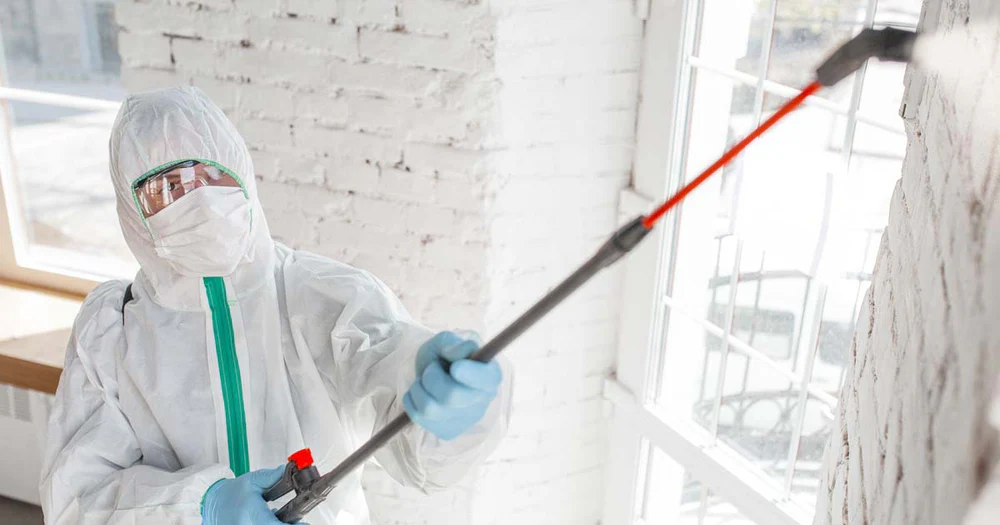
If you’ve discovered black mold in your home, it’s important to act quickly. While small areas of mold may be handled with DIY methods, larger infestations should be managed by professionals to ensure the mold is safely removed. Here’s when to call a mold remediation expert:
- Extensive mold growth: If the mold covers an area larger than 10 square feet, professional remediation is recommended.
- Mold in hidden areas: Mold growing behind walls, under floors, or in HVAC systems requires specialized equipment to remove safely.
- Health concerns: If you or your family are experiencing respiratory problems or allergic reactions, professional mold removal is essential for your health.
- Water damage: If the mold is a result of water damage, professionals can address both the mold and the source of moisture to prevent future problems.
If you’re dealing with black mold in your home, Citywide Mold Mitigation offers expert mold inspection, removal, and prevention services to help keep your home safe.
FAQ
| Question | Answer |
|---|---|
| Where does black mold come from? | Black mold comes from mold spores that thrive in damp, humid environments. It typically grows in areas with water damage, high humidity, condensation, or poor ventilation. |
| Is black mold dangerous? | Yes, black mold can be dangerous, especially to people with respiratory conditions, allergies, or weakened immune systems. Prolonged exposure to black mold can lead to coughing, sneezing, headaches, and more serious health problems. |
| What should I do if I find black mold in my home? | If you find black mold in your home, clean small areas with a mixture of water and bleach. For larger infestations or hidden mold, it’s best to call a professional mold remediation company to ensure safe removal. |
| How can I prevent black mold from growing? | To prevent black mold, keep humidity levels below 50%, fix leaks immediately, improve ventilation, and regularly clean areas prone to moisture. Using a dehumidifier in damp areas can also help reduce the risk of mold growth. |
| When should I call a mold remediation expert? | If you’re dealing with extensive mold growth, mold in hidden areas, or health problems related to mold exposure, it’s important to call a professional for expert mold removal and remediation. |
If you need professional mold inspection or removal services, contact Citywide Mold Mitigation today for expert help.

